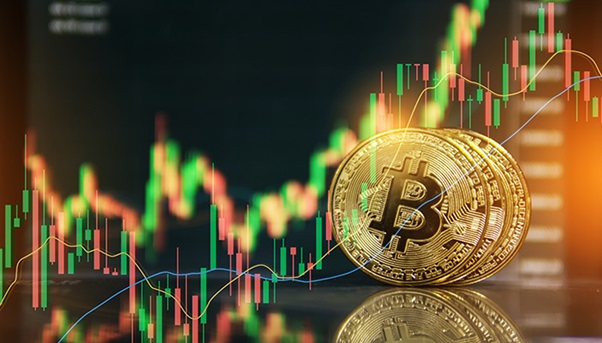
The cryptocurrency market has been firing on all cylinders, with Bitcoin (BTC) leading the charge. On Tuesday, BTC surged above $60,000 for the first time in more than two years, catching traders off guard who had been hoping for a significant pullback to allocate funds into the top crypto. While the rally continued for cryptocurrencies, stocks traded in a holding pattern as investors practiced patience following last week’s run-up to new record highs for the S&P and Dow.
Bitcoin’s Remarkable Rally
Data provided by TradingView shows that Bitcoin bulls extended Monday’s rally into Tuesday trading, pushing BTC to a high of $57,660 in the afternoon—its highest price since December 3, 2021. At the time of writing, Bitcoin trades at $60,259 representing a 10.1% increase on the 24-hour chart.
Register for Tekedia Mini-MBA edition 19 (Feb 9 – May 2, 2026): big discounts for early bird.
Tekedia AI in Business Masterclass opens registrations.
Join Tekedia Capital Syndicate and co-invest in great global startups.
Register for Tekedia AI Lab: From Technical Design to Deployment (next edition begins Jan 24 2026).

In 2009, Bitcoin emerged as a novel digital currency. Back then, there were no exchanges like the ones we have today. The BitcoinTalk forum played a crucial role in facilitating early transactions. The first recorded exchange occurred when forum member NewLibertyStandard set up the New Liberty Standard Exchange. Another user, Sirius, exchanged 5050 BTC for a mere $5.02 via PayPal. This pegged the initial Bitcoin price at approximately $0.00099 per BTC.
In 2010, Bitcoin’s price remained below $1 throughout the year. Its highest value was a meager $0.39. However, this was also the year of an iconic event: Laszlo Hanyecz paid 10,000 BTC for two pizzas from Domino’s—a transaction now celebrated as “Bitcoin Pizza Day.”
Several factors are influencing this market sentiment and surging cryptocurrency prices:
Just like any other asset, supply and demand play a significant role in determining crypto prices. When more people want to buy a particular cryptocurrency compared to those who want to sell it, the price tends to rise. Conversely, if more people want to sell than buy, the price theoretically decreases.
Supply dynamics vary across different tokens. Some cryptocurrencies have a fixed supply (e.g., Bitcoin), while others do not (e.g., Ethereum). Market participants often view tokens with fixed supplies as having less selling pressure.
While many crypto protocols do not generate profits like traditional stocks, there are other factors that indicate how “healthy” a protocol is and how fast it is growing. Fundamentals include aspects such as network adoption, development progress, security features, and utility within decentralized applications (dApps).
Market Sentiment refers to how investors perceive the overall market conditions and specific cryptocurrencies. Positive news, regulatory developments, partnerships, or endorsements can boost sentiment. Conversely, negative news or regulatory uncertainty can lead to bearish sentiment.
Technical analysis plays a crucial role in crypto trading. Traders analyze price charts, patterns, moving averages, and other technical indicators to make informed decisions. Technical forces influence short-term price movements.



